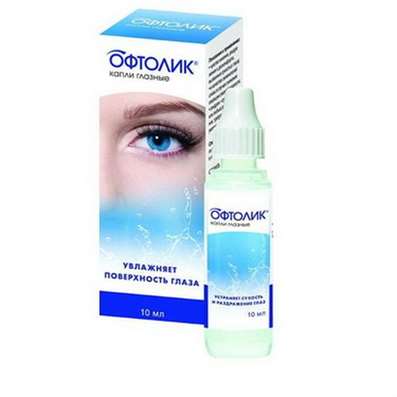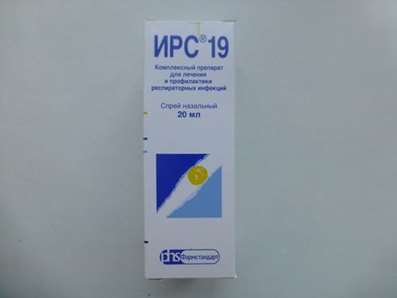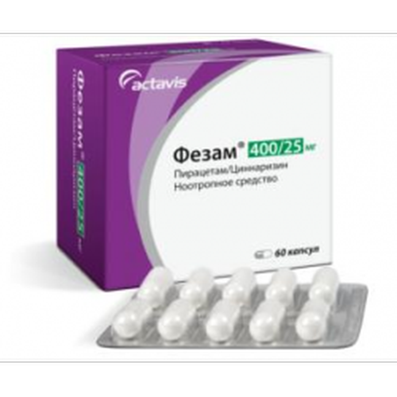Instruction for use: Ipratropium bromide (Ipratropii bromidum)
I want this, give me price
chemical name
(Endo, syn) - (±) -3- (3-Hydroxy-1-oxo-2-phenylpropoxy) -8-methyl-8- (1-methylethyl) -8-azoniabicyclo [3.2.1] octane bromide
Pharmacological group
M Cholinolytics
The nosological classification (ICD-10)
J43 Emphysema
Interstitial emphysema, Emphysema, Chronic lung disease, Chronic obstructive pulmonary disease, Obstructive pulmonary emphysema, Chronic pulmonary emphysema, Chronic obstructive pulmonary emphysema
J44 Other chronic obstructive pulmonary disease
Allergic bronchitis, Bronchitis asthma, Asthmatic bronchitis, wheeze bronchitis, Bronchitis is an obstructive, bronchi disease, Shortness of sputum in acute and chronic respiratory diseases, Cough in inflammatory diseases of the lung and bronchus, Reversible airflow obstruction, Reversible obstructive airway disease, Obstructive bronchitis disease, Obstructive lung disease, Obstructive bronchitis, Spastic bronchitis, Chronic lung disease, Chronic nonspecific lung diseases, Chronic obstructive pulmonary disease, Chronic obstructive bronchitis, Chronic obstructive airway disease, Chronic obstructive pulmonary disease, Restrictive lung pathology
J45 Asthma
Asthma physical effort, status asthmaticus, Bronchial asthma, Asthma lung flow, Bronchial asthma with obstruction of sputum discharge, Bronchial asthma heavy currents, Bronchial asthma physical effort, hypersecretory asthma, Hormone-dependent form of bronchial asthma, Relief of asthma attacks in bronchial asthma, Non-allergic asthma, nocturnal asthma, Exacerbation of asthma, Asthma attacks, Endogenous forms of asthma, Night asthma, Cough with bronchial asthma
J98.8.0 * Bronchospasm
Bronchospasm in bronchial asthma, Bronchospasm when exposed to an allergen, bronchospastic reactions, bronchospastic status, bronhospastichesky syndrome, Diseases accompanied by bronchospastic syndrome, reversible bronchospasm, spasmodic cough
J999 * Diagnosis of Respiratory Diseases
bronchography, bronchoscopy, Diagnostic procedures in the nasal passages, Diagnostic Study of the bronchi, laryngoscopy, Preparing for rhinoscopy, Preparing the patient for bronchoscopy and / or bronhografii, Preparing the patient for bronchoscopy or bronhografii, Preparing the patient for diagnostic procedures in the nasal passages, Preparing the patient for diagnostic procedures in the area of the nasal passages, rhinoscopy, Visualization of the chest cavity, Chest X-ray, Mediastinoscopy
R09.3 Sputum
Bronchial asthma with obstruction of sputum discharge, Isolation of viscous mucus, sputum hyperproduction, Hypersecretion of bronchial glands, Thick mucus, Obstruction of the bronchi of the mucous plug, The difficulty sputum discharge, Shortness of sputum, Shortness of sputum in acute and chronic respiratory diseases, Difficult expectoration, Cough with difficult expectoration of viscous, Cough with difficult expectoration, increased sputum viscosity, Poor expectoration, Trudnootdelyaemoy viscous mucus, sputum, Trudnootdelyaemoy bronchial secretion, Trudnootdelyaemoy viscous secret, Inflammation of the upper respiratory tract illness with difficult sputum
Z51.4 Preparatory procedures for subsequent treatment, not elsewhere classified
Preoperative preparation
Code CAS 22254-24-6
Characteristics of Ditsycloverine
Ditsycloverine hydrochloride - a white crystalline powder, almost odorless, bitter taste. Soluble in water, slightly soluble in ethanol, chloroform, very slightly soluble in ether. Molecular Weight - 345.96.
Pharmacological Properties Pharmachologic effect
Mode of action - a bronchodilator, m-anticholinergic.
Does m-cholinergic receptors of the smooth muscle of the tracheobronchial tree. Having structural similarity to acetylcholine molecule, it is a competitive antagonist. As a derivative of quaternary nitrogen slightly soluble in fats and bad diffuses through biological membranes. It has low bioavailability - for the development of tachycardia (systemic effect) must be inhaled about 500 doses; reaches only 10% of small bronchioles and alveoli, the rest is deposited in the mouth or pharynx and swallowed. In the digestive tract practically not absorbed and excreted in the feces. Suck part of the (small) is metabolized in the eight inactive or weakly active anticholinergic metabolites (excreted in the urine). Bronchodilator effect occurs within 5-10 minutes after inhalation and lasts for 5-6 hours. Extends mainly large and medium-sized bronchi, reduces the secretion of bronchial mucus.
Indication
Chronic obstructive pulmonary disease (chronic obstructive bronchitis, emphysema), asthma (mild to moderate), particularly with concomitant diseases of the cardiovascular system; hypersecretion of bronchial glands, bronchospasm on the background of colds during surgery; tests on the reversibility of airflow obstruction; for the preparation before administering the respiratory tract in aerosols antibiotics mucolytic drugs, glucocorticoids, cromoglicic acid.
Contraindications
Hypersensitivity (including to atropine and its derivatives), pregnancy (I term).
Restrictions apply
Angle-closure glaucoma, obstruction of the urinary tract (including the prostatic hyperplasia), pregnancy (II and III trimester), breastfeeding, children under 6 years.
Pregnancy and breast-feeding
It contraindicated in I trimester of pregnancy. In II and III trimester and during lactation is possible if the expected effect of therapy outweighs the potential risk to the fetus and child.
Category effects on the fetus by FDA - B.
Side effects
The most common undesirable effects are: headache, nausea, dry mouth.
The effects associated with anticholinergic effects: tachycardia, palpitation, disturbance of accommodation, reduction in the secretion of sweat glands, violation of gastrointestinal motility, urinary retention (in patients with obstructive lesions of the urinary tract increases the risk of urinary retention).
From the respiratory system: sometimes - cough, rarely - paradoxical bronchospasm.
Allergic reactions: possible skin rash, pruritus, urticaria, angioneurotic edema, oropharyngeal edema, anaphylaxis).
There are some reports of the occurrence of complications in the eye (mydriasis, increased intraocular pressure, angle-closure glaucoma, eye pain) when hit aerosol ipratropium bromide (or combined with beta2-agonist aerosol ipratropium bromide) in the eye.
Interaction
Enhances the bronchodilator effect of beta-agonists and xanthine derivatives (theophylline). Anticholinergic effect is enhanced holinoliticheskimi antiparkinsonian drugs, quinidine, tricyclic antidepressants. When applied simultaneously with other anticholinergic drugs - additive effect.
Overdose
Symptoms: increased anticholinergic reactions (including dry mouth, accommodation disturbance, increase in heart rate).
Treatment: symptomatic therapy.
Routes of administration
Inhalation.
Precautions
Not recommended for emergency relief of an attack of breathlessness (bronchodilator effect develops later than that of beta-agonists).
In patients with cystic fibrosis increased risk of gastrointestinal motility disorders.
The patient should be informed that if inhaled are not sufficiently effective or deteriorated condition, you should consult your doctor to change the treatment plan. In the case of sudden onset and rapid progression of dyspnea patient should also seek medical advice immediately. In case of any symptoms of angle-closure glaucoma (eye pain, discomfort, blurred vision, ghosting and color spots before the eyes, combined with conjunctival and corneal hyperemia) immediately contact an ophthalmologist.

 Cart
Cart





